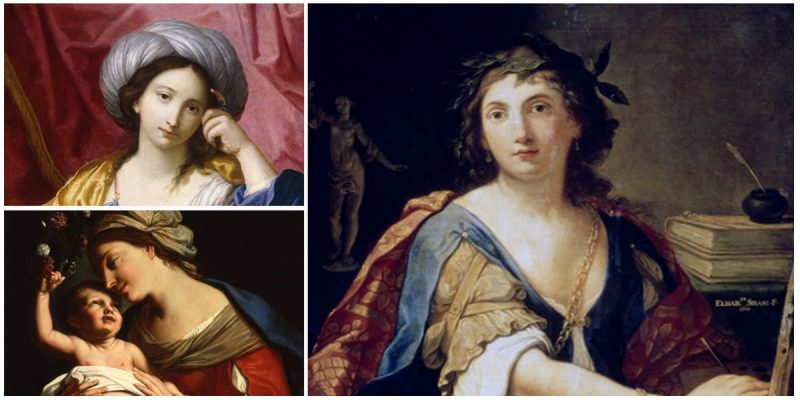Elisabetta Sirani was an independent Italian Baroque painter who died at the early age of 27. She was a very strong young woman who supported her parents, three siblings, and herself, when she was only 19, entirely through her paintings and prints.
Her father was a painter of the School of Bologna who trained his daughter in his workshop. She became the most famous artist in Bologna who later established an academy for other women artists.
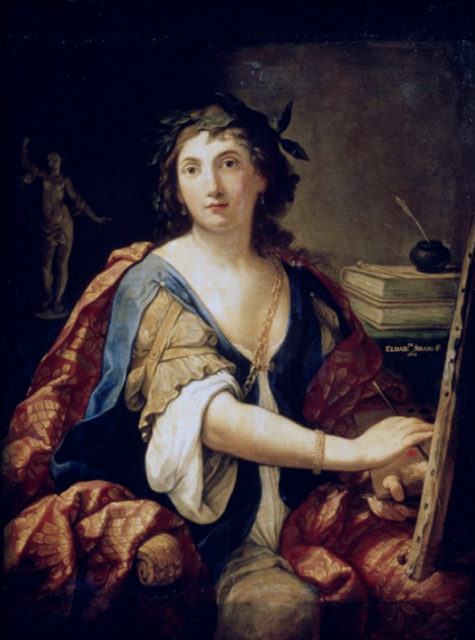
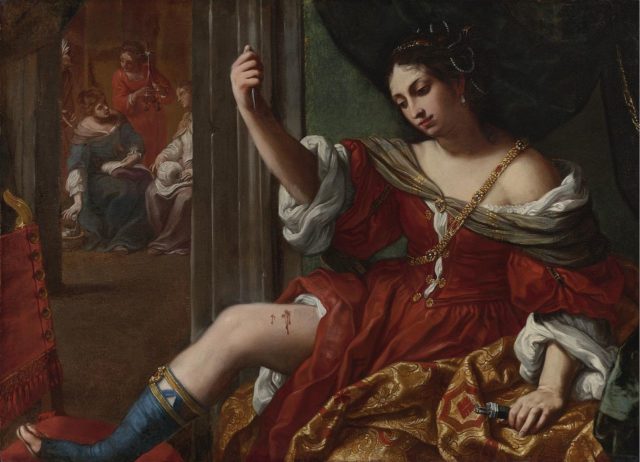
Sirani was born in Bologna in January 1638, and she was the oldest of four children of Margherita and Giovanni Andrea Sirani. Her biography is included in the two-volume book “Lives of the Bolognese Painters, by Carlo Cesare Malvasia. Malvasia was really close to her family and he is one of the reasons why Elisabetta started to have training in art because he persuaded her father to train her.
When her father became incapacitated by gout, she started to run the family workshop by herself. Sirani was really successful at that time because female artists were more celebrated. She was a teacher to many artists, men, and women, as well as her sisters, Anna Maria and Barbara.
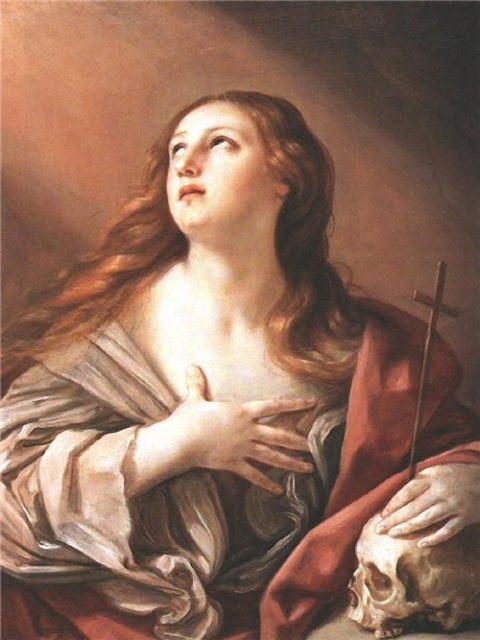
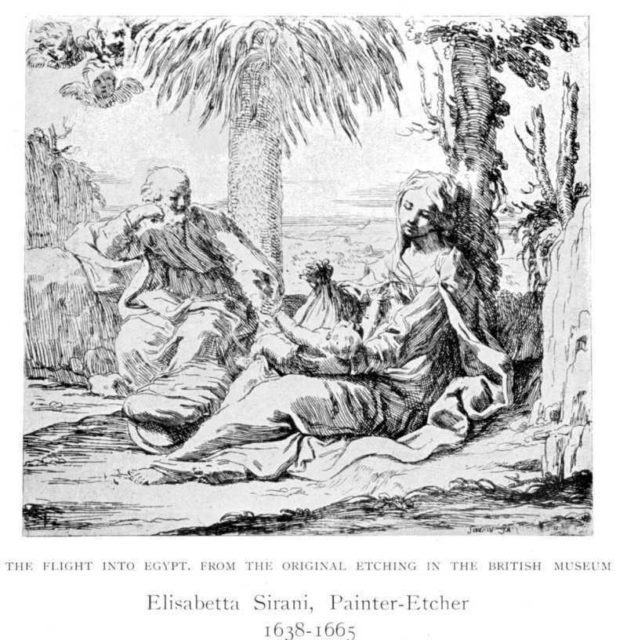
She had many ideas for the subjects in her paintings because she was educated in poetry, voice, classical literature, harp, and the Bible. She mostly painted historical and religious scenarios and, by age 17, completed over 200 drawings. Malvasia describes her drawings as “nonchalant” because she drew them so fast, and they were as brilliant as her paintings. She often selected lesser-known subjects for her paintings and represented them uniquely.
Because of the striking images of female heroines such as Portia Wounding Her Thigh, her work was compared to the work of Artemisia Gentileschi. She painted many women from the Bible and history, including the temptress Dahlia, Mary Magdalene, many images of the Virgin and Child, and Cleopatra. One of her most dramatic pieces was of the unmasked figure of the Greek muse of tragedy, Melpomene, who inspired many artists and composers of her time.
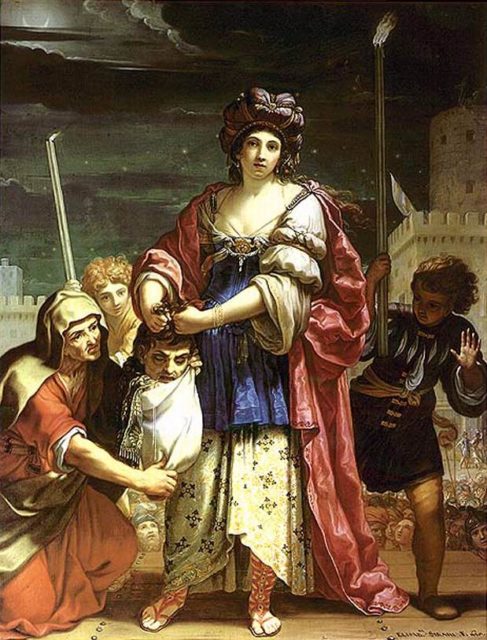
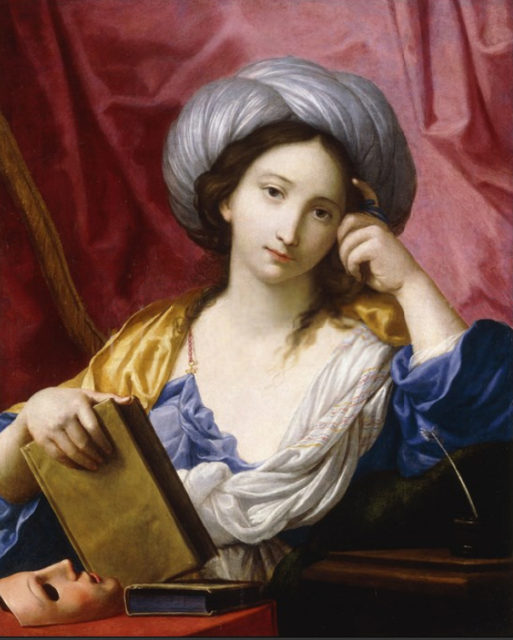
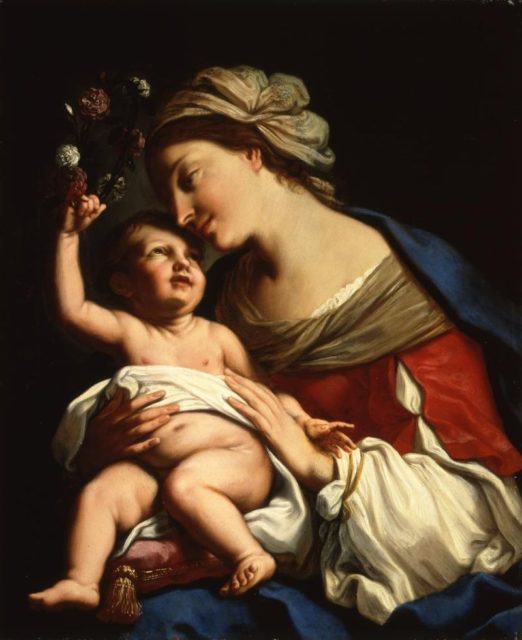
She was known as artists of Narrative Dramas and her paintings were acquired by kings, dukes, cardinals, and academics across Europe. She became a full member of the Academia di san Luca in Rome.
Her painting Virgin and Child, today, is in the collection of the National Museum of Women in the Arts in Washington DC, which in October 1994, was selected for the Christmas Holiday Stamp series by the United States Postal Service, and it was the first work by a woman painter chosen for the series.
